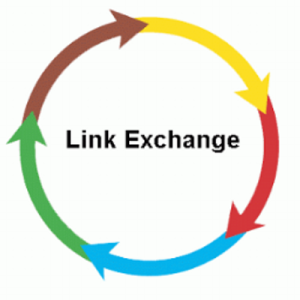A couple of months ago, we looked at 7 Tips For Choosing an Animation Provider. Today we want to explore what happens after that–after you’ve selected an animation company and are about to begin the process–in order to help you maximize your investment. So let’s look at 7 ways to get the most out of your animation provider.

1. Objective is Everything: Throughout the process of creating an explainer video, there will be a lot of discussion between client and animation provider. The conversation will touch on everything from animation technique and character style to key message points and calls for actions. Each of those topics are very important, but it’s important to remember that, ultimately, those things are all tools to achieve the client’s overarching objective (or objectives). As a result, the more information that you can provide to your animation provider about those objectives, the better. This means not only outlining your goals, but sharing the insights that led to those objectives. Explain to your animation company how and why you arrived at these objectives, so that–when possible–they can try to address those factors in the animation.
2. Don’t Hesitate to Pass Along Supplemental Materials: A good animation provider will make a strong effort to learn about your business and your industry so that the resulting video will talk the talk and walk the walk. So the more you can help your animation provider with this endeavor, the better it will be for everyone in the long-run. Typically this information is transmitted in person, by phone or over e-mail. All of that is great, and critical to crafting a successful explainer video. But another valuable resource, one that’s too often under-utilized, is the power of supplemental materials. This can be anything from a project memo to an investor prospectus, and it can be useful to the animation company for a variety of reasons:
- Provides additional, and often easily digestible, information.
- Can help animation company see things from client (or target audience) perspective.
- Often provides clues about tone and branding.
3. Establish Process for Communication: During the explainer video process, there will undoubtedly be several calls and e-mails and conversations between you and the animation provider. This is important. When it comes to collaboration, communication is a good thing. But, in a process where many stakeholders are involved (on both ends) it’s important to establish a protocol for communication to maximize efficiency. Typically what works best is when both client and animation provider each appoint a single point who funnels the filters and then funnels the discussion along to other team members. This, however, not the only way. And, as with most things in business, there is no “right” way to do it. But regardless of the client/animator communication is structured, the most important thing is that a replicable process is established for the stakeholders on both sides.
4. Speaking of Stakeholders… Whether you’re a small start-up or a large organization, there will almost always be multiple voices who have a say in the video creation process. The earlier you can involve these stakeholders, the better. That way their perspective can be factored in to the project from its earliest iterations. But even if your stakeholders can’t participate in the process from the beginning, it can still be very helpful to prepare your animation provider for when they may weigh in as it could have an impact on schedule and shareable materials. If you’re in a situation where you are not sure if (or when) a stakeholder might join the process, it is often a good idea to at least get their feedback and approval on the script as that will serve as a roadmap for all to come ahead.

5. Make Sure to Discuss Brand: Your explainer video, in many ways, is an ambassador for your brand. So you should make sure to speak openly with your animation provider about how you’d like to see the brand represented. Are there brand colors or fonts that you’d like incorporate? Any characters that you’d like the animation provider to use? What about visual guidelines? Discussing these things early is valuable to both parties and can also help set the tone for the explainer video as its being created.
6. What You Want and What You Need: From the kickoff call to the end of the production process, you will make several requests to your animation provider. But, it’s important to note, not all requests are created equally. Some are things that you need to have done (and maybe even need them done by certain dates) whereas others are things that hope can be done (time/budget/style-permitting). It’s important to differentiate these differences; what you want and what you need. This pertains not only to deliverables, but also to feedback as well. When providing notes to your animation provider, try to make it clear which ones must be changed versus which might by worthy of re-evaluation and/or further discussion.
7. Honesty, Really, is the Best Policy: Nobody expects you to be an animation expert. That’s why you’ve partnered with animation provider. And as with most partnerships, that collaborate relationship works best when both sides are honest with each other. So don’t hold back! Even if this isn’t your forte, you will inevitably have ideas about what’s working and what’s not working. Your thoughts and ideas are very valuable because as the client–as the one who’s actually been in the trenches, day in and day out–you know your message better than anyone. So don’t discount your instincts. Don’t hesitate to share your feelings, be they full formed or half-baked. Just be honest, always, and that will inevitably lead to an effective explainer video that can accomplish your objectives.
Digital & Social Articles on Business 2 Community(25)
Report Post







